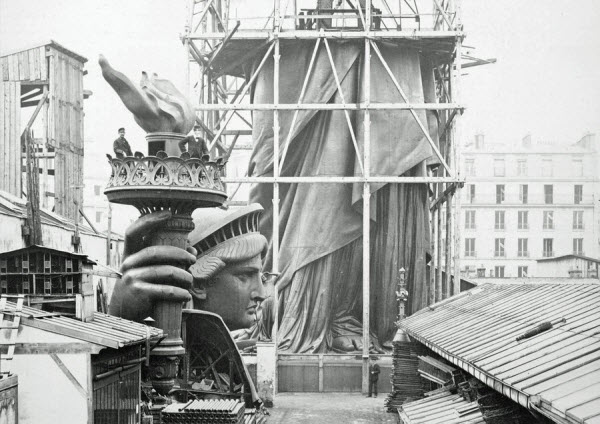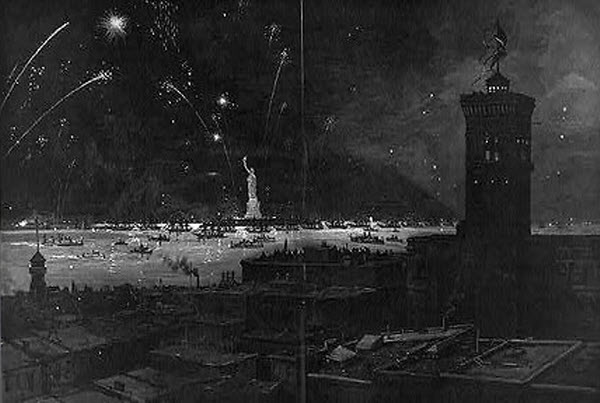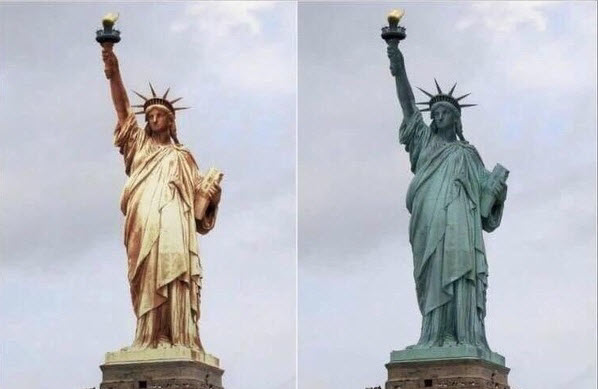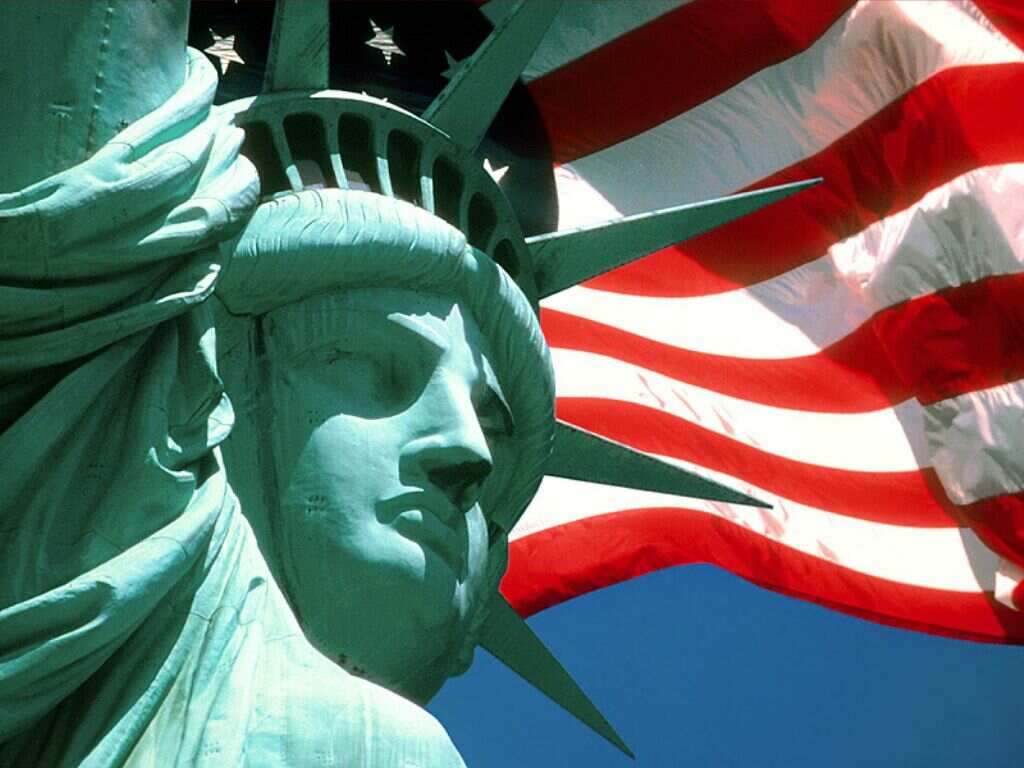A towering statue stands proudly overlooking New York Harbor since the late 19th century, designed by the French sculptor Frédéric Bartholdi and with the metallic framework engineered by Gustave Eiffel. France gifted this statue to the United States to commemorate the centennial of the American Revolution and to strengthen ties between the two nations. Over time, the Statue of Liberty has become a symbol of the United States and an icon of American values such as freedom and democracy. Today, it stands as one of the most visited tourist attractions in the world, with no fewer than four million visitors annually.
In this article, we will steer away from the typical historical information surrounding the statue and dive into some lesser-known or unusual facts about the Statue of Liberty.
The Statue Was Originally Meant to Be a Lighthouse
Although the Statue of Liberty is now a global symbol of freedom, it was initially intended to function as a lighthouse guiding ships. The torch held in the statue’s right hand was designed to serve as a navigational tool for vessels entering New York Harbor. However, the engineers were unable to illuminate the torch successfully. The light it emitted was too dim and ineffective. Additionally, Liberty Island was too far from the mainland to serve as an ideal lighthouse location, and thus, the plan was eventually abandoned.

Thomas Edison Once Had Plans to Make the Statue of Liberty Speak
In the late 19th century, Thomas Edison, the famed inventor, envisioned equipping the statue with a giant phonograph that would allow it to speak. When Edison first introduced the phonograph to the public, he revealed to the press his plans to install a sound system inside the statue, enabling it to deliver speeches that could be heard as far as northern Manhattan and across the harbor.
The Original Torch Was Replaced with a New One
Between 1982 and 1986, the Statue of Liberty underwent a major restoration, during which the original torch was replaced due to extensive damage caused by water and snow leakage through the windows installed during previous renovations in 1916. The copper covering the original torch’s flame was severely corroded, leading to the decision to craft a new torch that looked identical to the old one. French artisans used the repoussé technique—the same method employed by Bartholdi when he originally sculpted the statue. While the body of the new torch was covered in copper, its flame was coated in gold leaf. Today, the original torch is displayed in the Statue of Liberty Museum.
The Statue of Liberty Was Initially Intended for Egypt’s Suez Canal
Interestingly, the Statue of Liberty was not originally designed for the United States. Bartholdi, fascinated by the East, initially created the concept for Egypt. He presented the design to Khedive Isma’il Pasha as a colossal statue for the entrance to the Suez Canal. However, due to the project’s significant cost, the deal fell through. Bartholdi then brought his proposal to the United States in 1871, and unlike the Egyptians, the Americans were more accommodating in terms of cost, agreeing to the project almost immediately.
Women’s Rights Activists Protested the Statue’s Unveiling
When the Statue of Liberty was officially unveiled in New York Harbor in 1886, the event was met with protests from the Women’s Rights Association. They expressed their disappointment that a colossal female figure representing liberty stood in the harbor while American women still lacked the right to vote. Only two women attended the unveiling: Bartholdi’s wife and the 13-year-old daughter of Ferdinand de Lesseps, the engineer of the Suez Canal. The wives of the American committee members were forced to watch from a Navy ship off the island. In protest, the women’s rights activists rented a boat to circle the island during the unveiling ceremony, shouting to disrupt the speeches. However, the noise from ship whistles and cannon fire drowned out their voices.

The Statue Wasn’t Always Green
When the statue was first constructed in Paris in the 1880s, it had a bright, shiny copper exterior. However, after being installed in New York Harbor, its surface slowly began to change color as a result of oxidation. By 1906, the statue had fully developed the green patina we see today. Originally, the statue’s appearance was far shinier and more vibrant than it is now.
Bartholdi Wanted the Statue to Be Gilded
Bartholdi had initially proposed that Americans raise funds to gild the statue, covering it with gold to make it more visible and luminous after dark. However, considering the difficulty of raising enough funds just to place the statue in New York Harbor, no one followed through with the idea of covering the massive figure in gold.

The Statue’s Real Name Is “Liberty Enlightening the World”
Although we commonly refer to it as the “Statue of Liberty,” this is merely a popular nickname. In 1875, Bartholdi and his associates formed the Franco-American Union to fund the project, naming the statue “Liberty Enlightening the World.”
